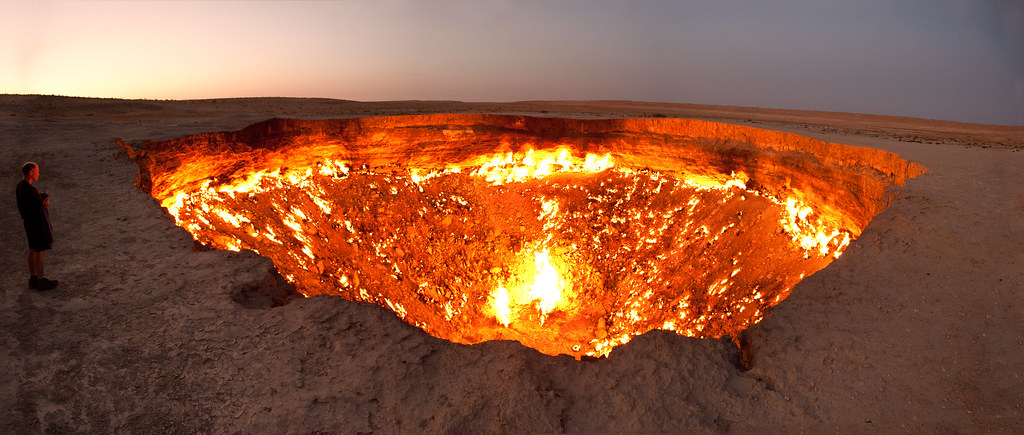The Australian War Memorial in Canberra will commemorate the service and sacrifice of two Murrawarri men, Private George Leonard and Private Harold West, at the Last Post Ceremony on Wednesday 9 July, honouring the proud tradition of Indigenous Australian service as part of NAIDOC Week.
To avenge the death of his best mate, Harold West engaged in increasingly risky one-man attacks to hunt Japanese machine-gun posts. Using his skills as a bushman tracker, Harold would move stealthily behind enemy lines, sneaking towards Japanese positions before throwing grenades and slinking back into the shadows, earning him the moniker "The Ghost of Kokoda".
"Murrawarri man George Leonard was born on 25 December 1910 on Kamilaroi country at Narrabri, NSW, the younger of two sons born to Archie Leonard and his wife Miriam Moseley," Australian War Memorial Director Matt Anderson said.
"Harold West was born on 21 May 1911 at Weilmoringle in northern NSW, one of ten children born to Herbert and Aggie West."
By the late 1930s, George and Harold were best friends, living at the Aboriginal Reserve in Goodooga, NSW, where they worked as trackers, station hands, ringbarkers and casual labourers.
In August 1941, the two men travelled almost 800 km to Sydney and enlisted in the Second Australian Imperial Force. They departed Australia on 2 November 1941, sailing from Sydney to the Middle East as part of the 13th Convoy.
George and Harold were taken on strength of the 2/1st Battalion in February 1942 before it left the Middle East in March, heading for the war against Japan in the Pacific.
In August 1942 they embarked from Melbourne for Port Moresby. On their arrival, they were almost immediately thrown into the desperate and vicious fighting along the Kokoda Trail. Over two-thirds of the 2/1st Battalion were killed, wounded or evacuated between September 1942 and January 1943.
During heavy fighting against the Japanese at Eora Creek village on 23 October, Private George Leonard was killed in action. He was 32 years old.
While Harold managed to avoid capture by the Japanese, he broke his leg on one of his solo missions. Evacuated to the 2/9th Australian General Hospital at Port Moresby on 21 November 1942, he was also seriously ill with scrub typhus. Private Harold West died of disease five days later, on 26 November. He was 31 years old.
The Last Post ceremony is held at 4.30 pm every day except Christmas Day in the Commemorative area of the Australian War Memorial.
Each ceremony shares the story behind one of 103,000 names on the Roll of Honour. To date, the Memorial has delivered more than 4,100 ceremonies, each featuring an individual story of service from colonial to recent conflicts. It would take more than 280 years to read the story behind each of the 103,000 names listed on the Roll of Honour.
"The Last Post Ceremony is our commitment to remembering and honouring the legacy of Australian service," Memorial Director Matt Anderson said.
"Through our daily Last Post Ceremony, we not only acknowledge where and how these men and women died. We also tell the stories of who they were when they were alive, and of the families who loved and, in so many cases, still mourn for them.
"The Last Post is now associated with remembrance but originally it was a bugle call to sound the end of the day's activities in the military. It is a fitting way to end each day at the Memorial."
The Last Post Ceremony honouring the service of Private George Leonard and Private Harold West will be live streamed to the Australian War Memorial's YouTube page: https://www.youtube.com/c/awmlastpost.
The stories told at the Last Post Ceremony are researched and written by the Memorial's military historians, who begin the process by looking at nominal rolls, attestation papers and enlistment records before building profiles that include personal milestones and military experiences.
HANDOUT image: www.awm.gov.au/collection/C30929






